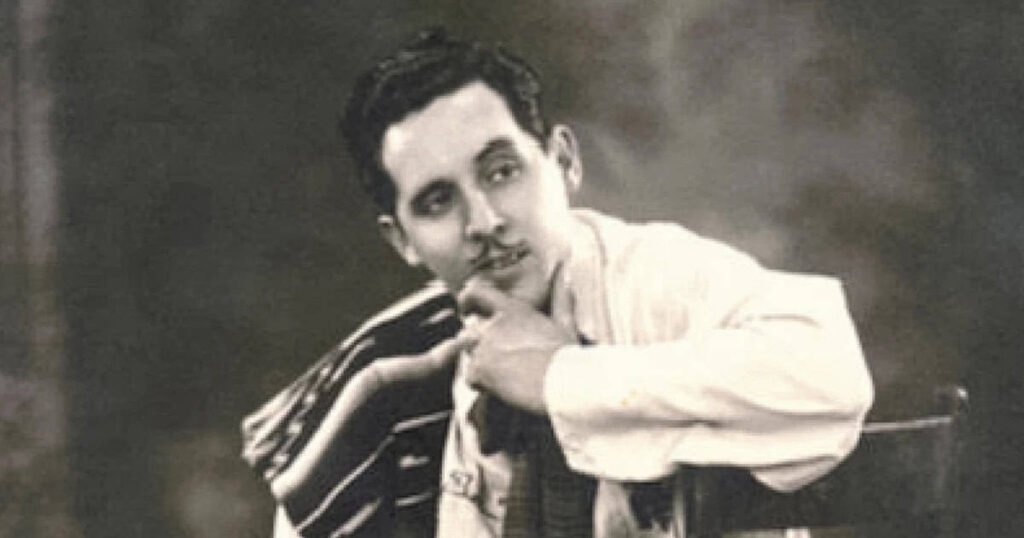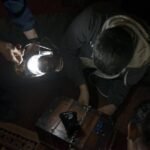Early Life and Vision
Raoul A. Cortez was born on December 17, 1905, in Veracruz, Mexico. At an extra younger age, he moved to the us, on the lookout for opportunities and a better life. Cortez settled in San Antonio, Texas, a town with a developing Hispanic population. He briefly determined the shortage of media examples for Spanish-speaking companies. This notion sparked his lifelong venture: to create a platform for Hispanic voices. Cortez understood the power of media in shaping public opinion and retaining cultural identification. His early studies stimulated his imagination and prescience to serve and uplift the Hispanic network.
The Birth of KCOR
In 1946, Raoul A. Cortez made statistics with the useful resource of founding KCOR, the number one Spanish-language radio station in the U.S. Located in San Antonio, KCOR stuffed a sizable void within the media landscape. Cortez’s station catered to the linguistic and cultural dreams of Hispanic audiences.
He faced numerous challenges, which consisted of securing advertising and advertising and marketing and advertising and navigating a predominantly English-speaking marketplace. Cortez’s perseverance and belief in his venture were vital in overcoming those barriers. KCOR speedy has emerged as a vital source of news, enjoyment, and cultural connection for Spanish-speaking listeners. Cortez’s pioneering attempt laid the inspiration for Hispanic broadcasting in America.
Expanding Horizons: Television Ventures
Building on his fulfilment with radio, Raoul A. Cortez progressed into TV. In 1955, he launched KCOR-TV, the number one complete-time Spanish-language television station within the U.S. Broadcasting as Channel 41, the station provided quite some programs catering to Hispanic traffic.
Cortez’s foray into television tested his commitment to innovation and community company. He understood the developing importance of TV in American families. By offering culturally relevant content fabric, KCOR-TV bolstered Hispanic identification and instance. Cortez’s television venture cemented his legacy as a trailblazer in media.
Challenges and Triumphs
Raoul A. Cortez faced numerous worrying conditions in his quest to install Hispanic media. The mainstream media panorama turned into in large part unwelcoming to non-English content material. Cortez needed to navigate regulatory hurdles and a lack of a financial manual. Despite these barriers, he maintained his imagination and prescient and found innovative solutions.
Cortez’s entrepreneurial spirit and willpower brought about full-size triumphs, which included securing broadcasting licenses and attracting loyal audiences. His success confirmed the decision for Spanish-language media and encouraged others to follow in his footsteps. Cortez’s staying power paid off, converting the media industry all the time.
Legacy and Impact
Raoul A. Cortez’s contributions expand far past founding media shops. He finished a crucial function in empowering Hispanic companies and fostering cultural pleasure. Cortez’s paintings supplied a voice to a historically marginalized group and highlighted their memories and critiques.
He inspired a technology of Hispanic media specialists and marketers. Today, the Hispanic media panorama is colourful and various, a testament to Cortez’s pioneering efforts. His legacy lives on through several Spanish-language radio and TV stations throughout America. Cortez’s impact is apparent in the growing reputation and features an effect on of Hispanic manner of lifestyles in mainstream media.
Honours and Recognition
Throughout his career, Raoul A. Cortez obtained numerous honours for his contributions to the media and the Hispanic community. He became recognized for his pioneering efforts in every radio and television. Cortez’s artwork earned him admiration and admiration from his buddies and network leaders.
In 1976, the National Association of Broadcasters inducted him into their Broadcasting Hall of Fame. This prestigious honour notes his big impact on the broadcasting enterprise company. Cortez’s reputation underscores the significance of his artwork and the lasting effect of his imaginative and prescient. His legacy continues to encourage and guide destiny generations of broadcasters.
Continuing the Legacy
Raoul a. Cortez’s circle of relatives continues his legacy within the media organization. His son, Emilio Nicolas Sr., completed a big feature in increasing Hispanic television. Under Emilio’s control, KCOR-TV has come to be a part of the Univision network, a main Hispanic media organisation. This transition ensured the continuation of Cortez’s task to serve the Hispanic community.
The Cortez family stays influential in advocating for Hispanic media illustration. Their ongoing efforts honour Raoul A. Cortez’s vision and self-discipline for cultural empowerment. The effect of his paintings continues to resonate in today’s numerous media landscapes.
Conclusion
Raoul a. Cortez’s contributions to Hispanic media are large and enduring. He broke limitations and created opportunities for Spanish-speaking businesses in the United States. Cortez’s pioneering efforts in radio and TV have left an indelible mark on the media enterprise. His artwork supplied a platform for Hispanic voices and promoted cultural pride.
As we reflect on his legacy, Cortez’s strength of will and imaginative and prescient preserve to encourage. He reminds us of the importance of representation and the strength of media to attach and uplift groups. Raoul A. Cortez will always be remembered as an actual pioneer in Hispanic broadcasting.
Read Also: Mary Joan Martelly: The Woman Behind George Foreman’s Triumphs











